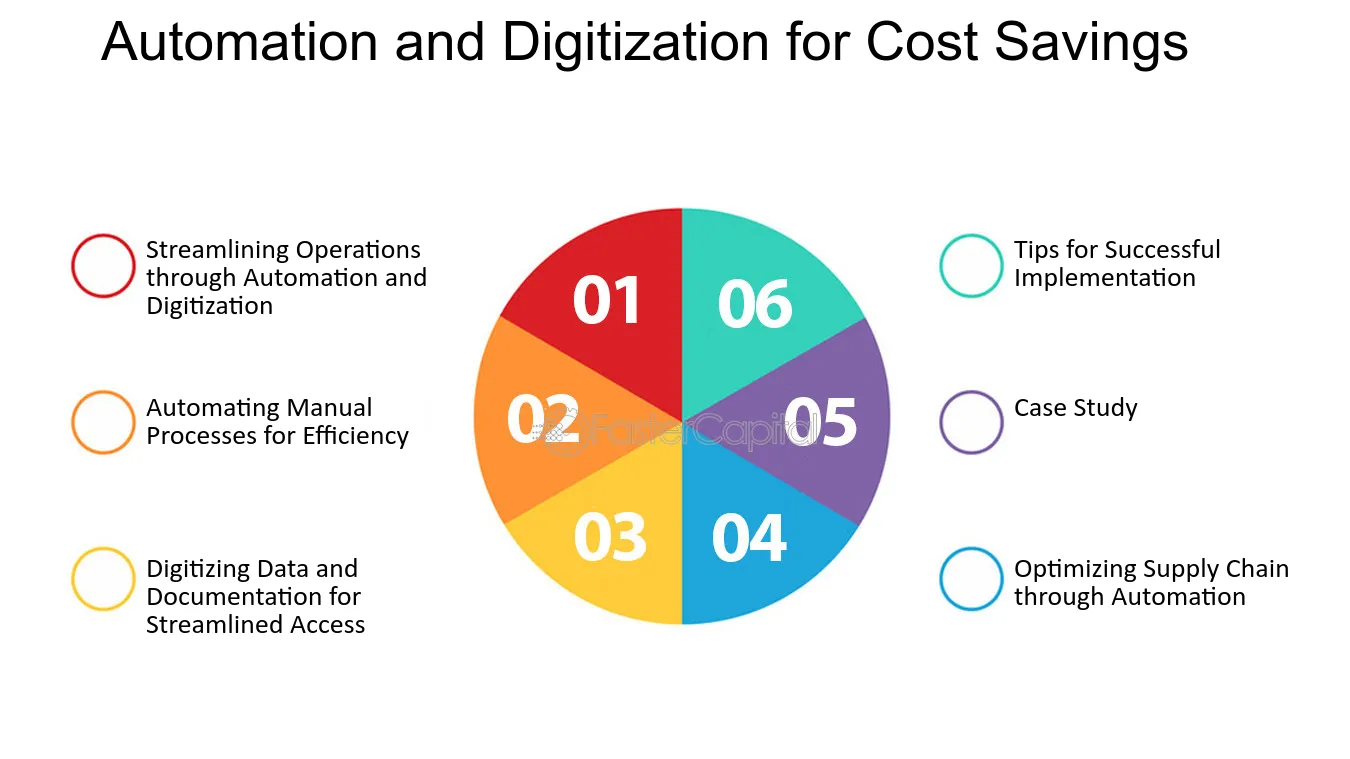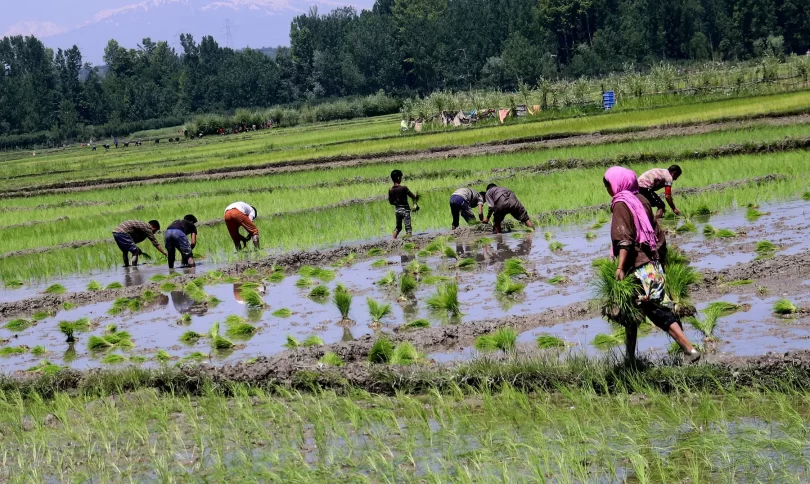Paddy cultivation is essential for feeding millions, especially in regions heavily reliant on rice as a staple. Traditionally, paddy is transplanted, a labor-intensive process that can be both time-consuming and costly. However, innovative agricultural practices, such as direct sowing of paddy with a drum seeder, are transforming the landscape of rice farming. This method not only reduces production costs but also boosts crop yield and enhances sustainability.
In this blog post, we’ll explore how direct sowing with a drum seeder works, its advantages, and its impact on cost and yield.
What is Direct Sowing with a Drum Seeder?
Direct sowing refers to the process of planting paddy seeds directly into the field, bypassing the traditional nursery stage where seedlings are grown before being transplanted. The drum seeder is a simple and efficient tool that facilitates this method. It consists of a cylindrical drum with seed-carrying compartments, which evenly distribute the seeds in straight rows as the drum rolls over the prepared field.
Farmers typically use the drum seeder for wetland paddy cultivation, where the field is flooded, and seeds are sown directly into the standing water. This method has gained popularity due to its simplicity and cost-effectiveness.
Key Benefits of Direct Sowing with Drum Seeder
1. Reduction in Labor Costs
Traditional paddy transplantation requires extensive manual labor. Farmers need to prepare nurseries, manage seedling growth, and then transplant them into the main field, which is labor-intensive and costly. By using a drum seeder, the need for these labor-intensive steps is eliminated, saving both time and labor expenses. A single person can operate the drum seeder, significantly reducing the cost associated with hiring workers for transplantation.
2. Lower Input Costs
The direct sowing method reduces the amount of water and fertilizer required during the cultivation process. In transplanted paddy, more water is needed for both nursery management and maintaining soil moisture. With drum seeding, water usage is optimized, leading to a reduction in overall irrigation costs. Fertilizer application is also more efficient as the seeds are sown in uniform rows, allowing targeted application of nutrients.
3. Improved Yield
Direct sowing with a drum seeder has been shown to improve crop yields. The even distribution of seeds ensures uniform growth and better aeration, which helps in preventing diseases like bacterial leaf blight and sheath blight. Furthermore, the reduced stress on seedlings, which are not uprooted and replanted, results in healthier plants that can produce higher yields.
4. Faster Crop Maturity
Directly sown paddy tends to mature earlier than transplanted paddy. Since the plants do not undergo the stress of transplantation, they establish themselves quickly and start growing vigorously. This allows farmers to harvest the crop earlier, which can be crucial for regions with multiple cropping seasons.
5. Environmental Benefits
Direct sowing reduces the carbon footprint of paddy cultivation. By eliminating nursery management and transplantation, farmers use less water, which means reduced methane emissions—a significant contributor to greenhouse gases. Additionally, the even seeding pattern helps in better weed control, reducing the need for herbicides and chemical inputs.
Steps for Direct Sowing with a Drum Seeder

If you are interested in adopting this technique, here are the steps to follow:
1. Field Preparation
The field must be well-leveled and puddled to ensure that the drum seeder rolls smoothly over the surface. Water should be standing at 2-3 cm depth to prevent seeds from sinking too deep.
2. Seed Treatment
Seeds should be treated with fungicides to protect them from soil-borne diseases. Pre-germinated seeds are ideal for drum seeding, as they have already begun the germination process and will sprout quickly in the field.
3. Drum Seeder Calibration
Before seeding, the drum seeder must be calibrated according to the seed size and the desired row spacing. The usual row spacing is 20 cm, but this can be adjusted depending on the variety of rice and the local agronomic practices.
4. Sowing Process
Once the field is prepared and the drum seeder is calibrated, sowing can begin. The operator simply walks behind the drum seeder, rolling it across the field. As the drum rotates, seeds are dropped into the water at regular intervals.
5. Post-Sowing Management
After sowing, the field needs to be carefully managed to control weeds, pests, and diseases. The drum seeder method allows for easier mechanical weeding since the rows are evenly spaced. Proper irrigation and nutrient management will further ensure healthy crop growth.
Economic Impact: Cost Savings and Profitability

Farmers who adopt direct sowing with a drum seeder can expect a significant reduction in production costs. Studies have shown that labor costs are reduced by up to 60%, while water savings can range between 30% and 40%. The savings on inputs, combined with increased yields, result in higher profitability for farmers.
Moreover, since the crop matures earlier, farmers have the opportunity to cultivate a second crop, further increasing their annual income.
Challenges and Considerations
While the benefits of drum seeding are significant, there are some challenges that need to be addressed:
- Weed Control: Since direct-sown fields are not flooded continuously like transplanted fields, weed pressure can be higher. Farmers must adopt effective weed management strategies, such as mechanical weeding or the use of herbicides.
- Skill and Knowledge: Although the drum seeder is a simple tool, farmers need proper training to use it effectively. Mismanagement during the sowing process can lead to uneven seed distribution, affecting yields.
- Equipment Availability: In some regions, drum seeders may not be readily available, which can limit the adoption of this method.
Conclusion
Direct sowing of paddy with a drum seeder is an innovative and cost-effective approach that can help farmers increase yields while reducing production costs. This method eliminates the labor-intensive transplantation process, saves water, and promotes sustainable farming practices. With proper training and management, direct sowing with drum seeders has the potential to revolutionize paddy farming, especially in regions where labor costs are rising and water resources are becoming scarce.
For farmers looking to optimize their production and improve profitability, adopting this technique could be a game-changer. As more farmers transition to this method, the future of rice farming looks brighter and more sustainable!
Are you ready to try direct sowing with a drum seeder? Share your experiences in the comments below and let us know how it impacted your farm!
More Links –
- How to Start Farming
- How Technology Supports Farmers for Their Profitability and Benefit the Environment?
- What is use of Iot in Agriculture







Leave a Comment